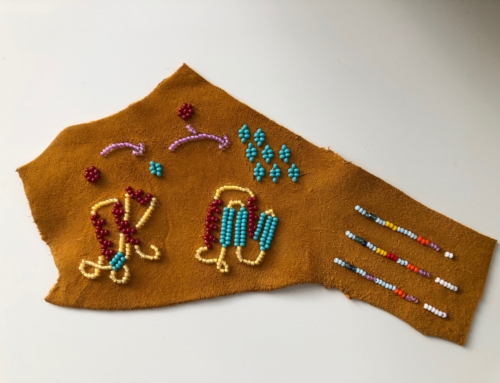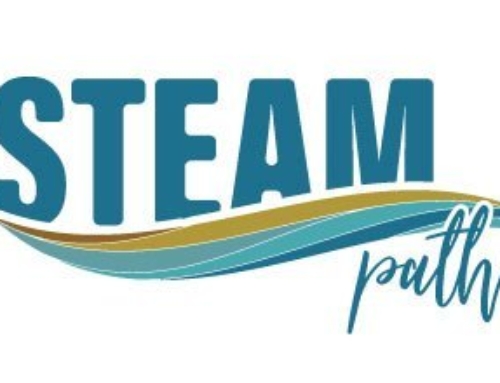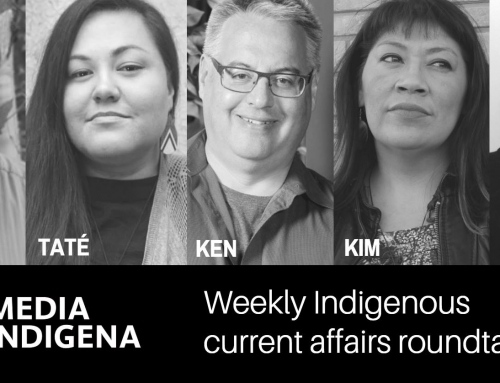
Read the full article
On The New Scientist(External website)
In the 13 February 2014 issue of The New Scientist Linda Geddes published an interview with me:
DNA testing is changing how Native Americans think about tribal membership. Yet anthropologist Kim Tallbear warns that genetic tests are a blunt tool. She tells Linda Geddes why tribal identity is not just a matter of blood ties
You grew up on a Sioux reservation in South Dakota. How did Native Americans view tribal membership back then?
Before the second world war, most Native Americans lived on reservations. Biological children would be enrolled as tribal members, but so would adopted children and spouses, if you were legally married.
But as people moved away to urban areas, tribes started to get more rigorous about documentation. That’s when they also started to move towards only enrolling biological relatives. They were trying to figure out how to maintain the tribal population when everybody was living so far away.
How did they determine which people were legitimate biological relatives?
They started to focus on what’s known as “blood quantum” as a way of counting ancestors who were enrolled as Native American. In most US tribes, you have a specific blood quantum needed for enrolment – often one-quarter. That means you have to be able to show with paper documentation that you have one out of four grandparents who is full blood. Or you might have two grandparents who are half blood – however you can make those fractions work.
Has DNA testing changed things more recently?
I think the root cause of recent changes isn’t DNA testing, but gaming. Because Native American reservations don’t necessarily have to adhere to all of the laws of the states in which they’re located – namely gambling laws – during the 1970s and 80s some tribes started building bingo halls and casinos on their land. In some of the more successful gaming tribes, individual members receive dividends on a monthly basis. [Read the full article here]




